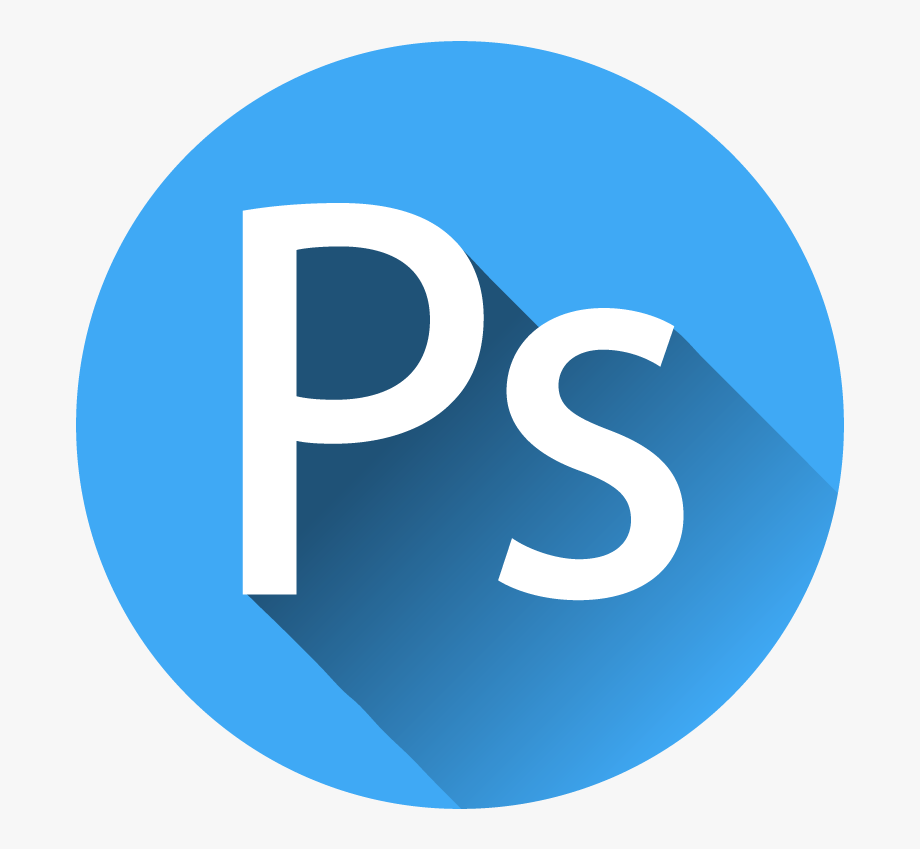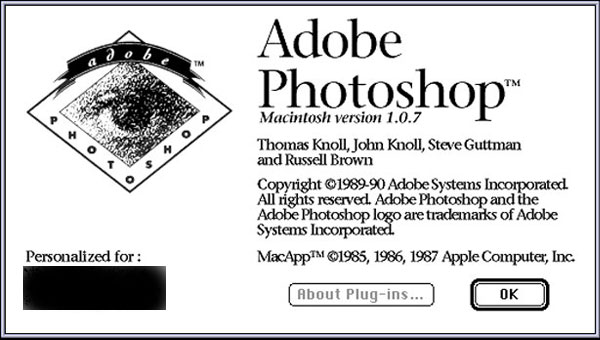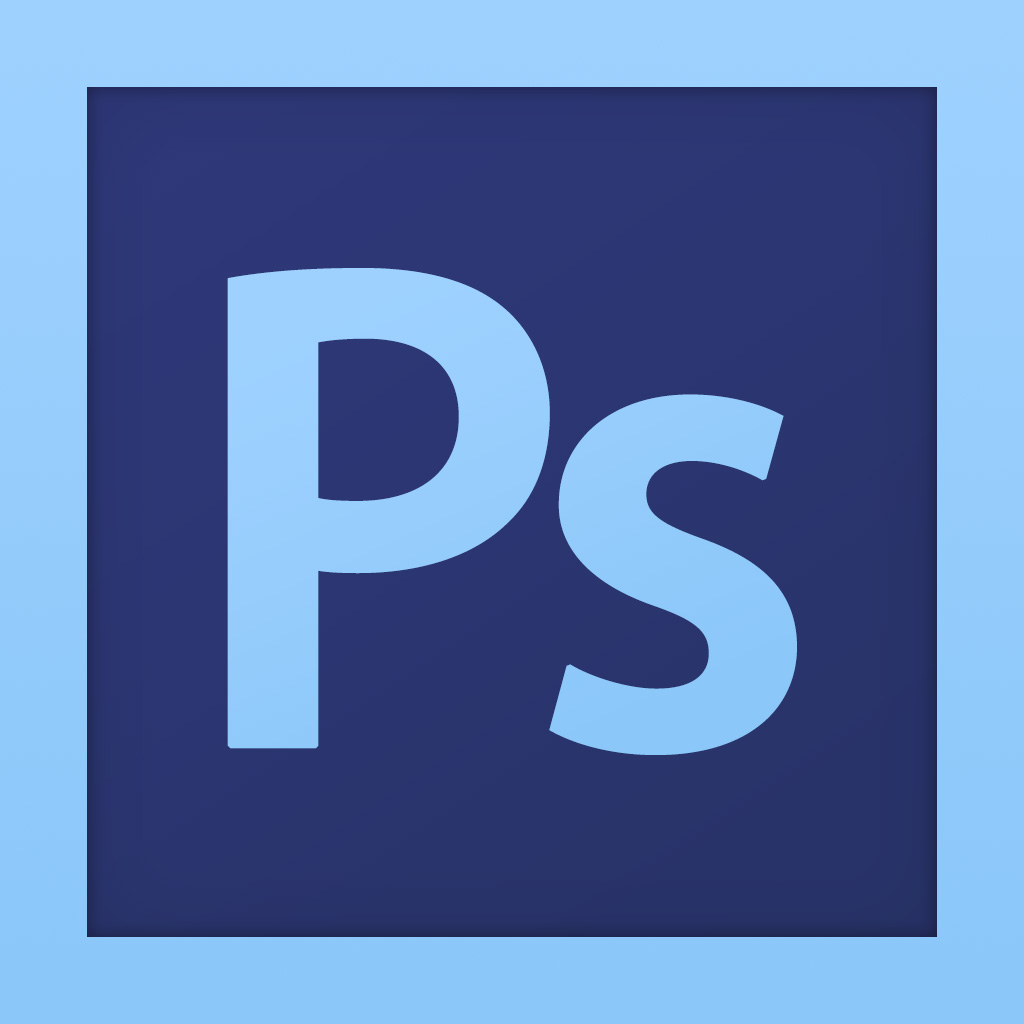

One impressive set of images is from a Twitter user going by " Dobrokotov" ( AI Molodca on Telegram). People have already started going wild with the feature on social media, with many examples going viral. Users can extend the edges of a picture in any direction, and Generative Fill will produce cohesive content with or without contextual prompts. In a nutshell, the tool is part of Adobe's image-synthesis model Firefly. Recently, Adobe released a Photoshop feature called "Generative Fill, " enabling content creators to expand an image beyond its initial borders. This advancement is arguably more evident in the subsector of image generation since it's had some time to brew and simmer down some of the early controversies it faced, which large language models are facing now. Jason Cianfrone is a designer and developer at multi-award winning London based web design and online marketing agency Base Creative.In context: Despite the reservations from some groups wanting developers to tap the brakes on generative AI, the technology continues to improve at a breakneck pace.

Many designers will have a preference over which program they prefer to use but that should never come in the way of producing the best possible creation, whether in regards to usability or aesthetics. Knowing these programs well is going to ensure you choose the best program for the task and create the best possible output. Having a solid understanding of both Photoshop and Illustrator is essential for most designers, whether a web designer, graphic designer, fashion designer, illustrator or any other type of digital creative. There is no winner! While I've done my best to metaphorically create a competitive fight between the two programs, the bottom line is it all depends on what you're trying to create and how you work. The ability to easily resize, manipulate and reuse elements quickly is crucial when creating wireframes. Usually, a pen and paper is everyone's starting point but many digital creatives will just jump into a graphics editing program and start sketching in there.Įffectively you could do this in either program but for me, Illustrator is a lot quicker and easier to use for this task.

This is the skeleton like blueprint in which almost all designed entities begin their lives. Illustrator is a lot easier to use to create wireframes quickly Quite often Illustrator is always a part of my workflow in designing UIs but most of the work is done in Photoshop. I wouldn't rule Illustrator out completely. If we're making considerations for our websites to be consistent across many different sizes, our websites’ graphics should surely follow suit.įor the most part, Photoshop is still the winner here, but only just. Also, as we're moving into a more responsive and agile web, we'll be seeing the need for resizable graphics more (ie. This not only speeds up your workflow but will also make your design more consistent. Using the symbols panel in Illustrator, you can create a library of icons and form elements that can be reused and manipulated many times over. Illustrator is also great for creating reusable components. Firstly, using Illustrator here makes the job a lot faster - there's the obvious resizing points. However, when designing user interfaces, Illustrator can provide many advantages that Photoshop cannot. As Photoshop graphics sit on a pixel based bitmap it would seem like the only choice for designing on screen media. As Photoshop graphics sit on a pixel based bitmap it seems the obvious choice for designing for screen mediaįor many designers (including myself) Photoshop is usually the first choice here.


 0 kommentar(er)
0 kommentar(er)
